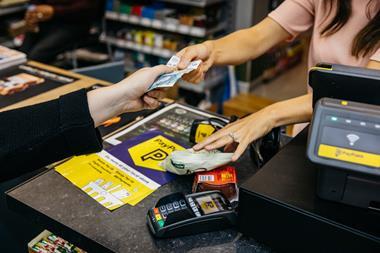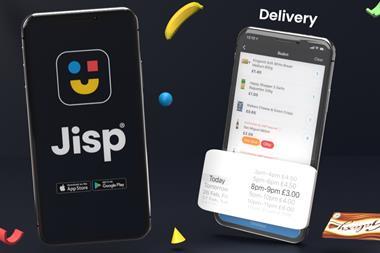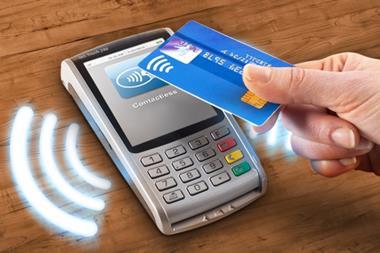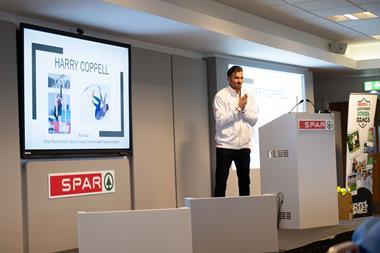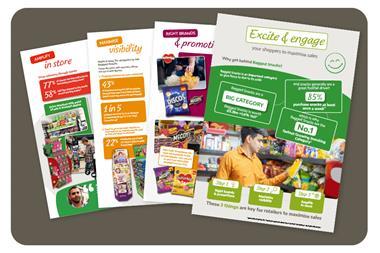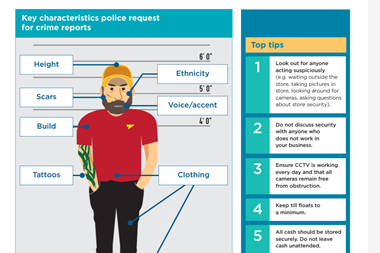Creating an online offering in convenience: Striking the right balance
Sponsored by  Square2021-02-15T15:06:00
Square2021-02-15T15:06:00

Introducing online is a great way to grow sales and help your community but it’s vital to go about it in the right way.
ALREADY HAVE A REGISTERED USER ACCOUNT? PLEASE LOG IN HERE
To read the full story join the ConvenienceStore.co.uk community today!
Registration is quick and easy and provides access to:
- Unlimited ConvenienceStore.co.uk articles
- Our great range of newsletters
- Content you’ve saved for later via the ‘my library’ feature
And much more…
Related articles
More from Advice
Unlimited Access + Newsletters
Register today to gain unlimited access to articles and to receive our great range of email newsletters.




















